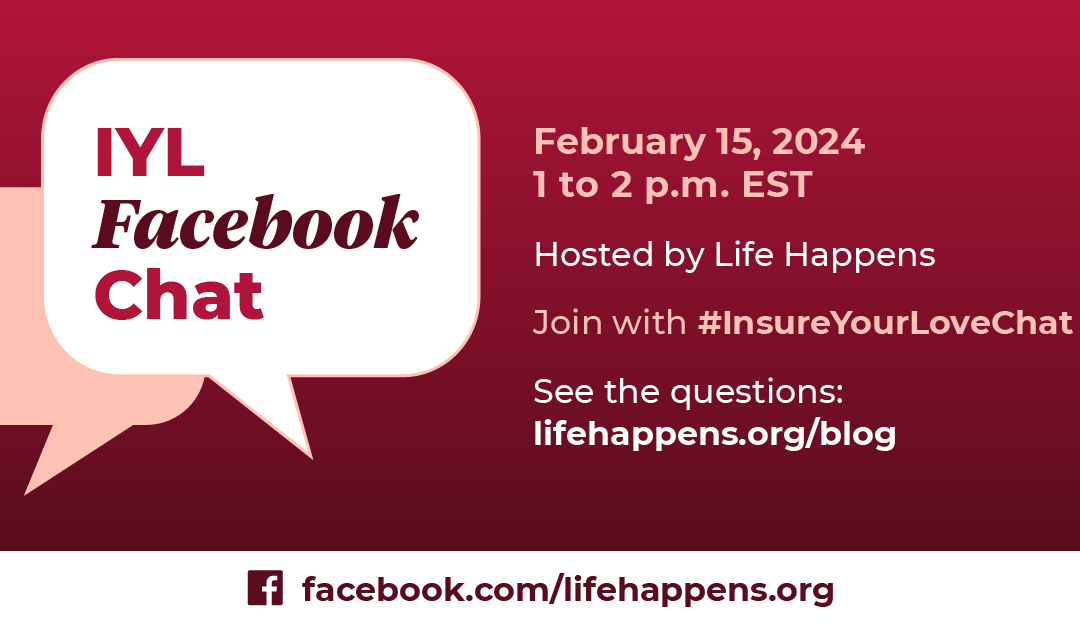Some things can take a “set-and-forget” approach, but your life insurance shouldn’t be one of them! A lot can happen in a year. Think about the changes you’ve seen in your own life: maybe you’ve taken a new job, expanded your family, bought a house, or any number of things.
Since life insurance provides vital financial protection to your family should anything happen to you, it’s important to review it annually to ensure you have sufficient coverage aligned with your ever-evolving life circumstances.
Let’s look at the key factors that make reviewing your life insurance annually a smart choice.
Why Should You Review Your Life Insurance Annually?
You’ve had a job change.
When you start a new job where your earnings are projected to increase, make sure to review your life insurance policy. As your income rises, your spending habits may also change, so ensure that your policy can still provide adequate coverage for your family’s growing financial needs. This same principle applies to a substantial raise or promotion at the same company too.
What about if you’ve recently retired or are planning to retire soon? While it might seem like your time for life insurance is over, this job change is also an important time to review your life insurance policy and make sure that you have the right amount of coverage as you look toward covering your final expenses, paying off any debt and leaving a legacy.
Moreover, if you rely on life insurance provided by your employer, changing jobs would mean that your insurance coverage will be directly affected since policies through work usually end when the job does. This makes checking your insurance policy even more important.
You’re starting a new business.
Starting a new business means incurring more financial and tax obligations. So, whether you’re starting an online store or establishing a brick-and-mortar business, ensure that your insurance coverage can meet your needs.
This way, your business and family can avoid financial turmoil in the event of your passing. Plus, you can also adjust your life insurance coverage to distribute your current estate—including your new business—equally among your beneficiaries.
You’ve had a change in your beneficiaries.
Every year, you should check whether your list of beneficiaries still has the people you want to benefit from your life insurance policy.
The main goal of life insurance is to provide cash to your loved ones when you die, so you want that money to go to exactly who you intended. For example, you may want to remove your ex-spouse as your beneficiary after a divorce or add your adult child as a beneficiary after they turn 18 or 21.
On top of reviewing the beneficiary list of your assets upon your death, you should also consider how your insurance payout would work for each beneficiary based on their location or your relationship. And, of course, it’s important to let your beneficiaries know about your policy and keep them in the loop!
You have a new marital status.
Whether you’re recently married or have gone through a divorce, it’s important to update your life insurance policy to match your current marital status.
If you’ve just tied the knot, reviewing your life insurance ensures that your spouse is protected financially if anything happens to you. You probably have more financial obligations now as a party of two than you did when you were single. How will your partner cover all those expenses without your salary?
Similarly, if you just got divorced, updating your policy guarantees that your children and loved ones are the ones who receive the death benefit rather than your ex-spouse.
Your family has grown.
Whether you’ve had a baby or adopted a child, it’s important to adjust your life insurance policy accordingly. You have more to protect with your life insurance coverage. As children enter the picture, the cost of your expenses goes up. How would your family pay for childcare, groceries, bills and even future college tuition if you were no longer there to contribute to the costs?
Life insurance can help cover those expenses and more so that your children can maintain the same lifestyle after your death.
You bought a house.
If you’ve recently purchased a house, review how you can adjust your insurance policy to ensure that your beneficiaries can cover the cost of your new property in the event of your death.
A period of grief is no time to be forced to sell your home, pack up the family belongings and move to a new neighborhood. Make sure your policy can cover the cost of your mortgage payments, so your spouse won’t have difficulty paying it on one income.
On the other hand, it’s also a good idea to review your policy if you’ve recently paid off your mortgage or refinanced your home.
Your health status has changed.
Updating your life insurance may not be the first thing you think of when you experience a health change, but it’s also an important time to review your policy.
If your health has taken a turn for the worse, that can be a reason to increase your coverage or examine additional coverage opportunities. On the flip side, an improved health diagnosis from losing weight or quitting smoking, for example, might help you get a better rate.
Life Insurance Policy Review Checklist
These life changes are just a few of many times that it makes sense to review your life insurance. When reviewing your policy annually, it’s best to make the necessary changes to ensure that it still addresses all of the factors below:
- Your death benefit is sufficient to cover the current financial needs of your beneficiaries in the event of your passing.
- Your beneficiary list includes everyone you want to benefit from your life insurance.
- The type of life insurance policy you have still meets your needs and expectations.
- Your premium payments are still manageable and affordable.
- Your policy isn’t going to lapse soon.
- You’re taking advantage of any new coverage options that your insurance company may offer.
One of the best ways to make sure your loved ones are fully protected is to work with a licensed insurance agent who can walk you through the entire process.











